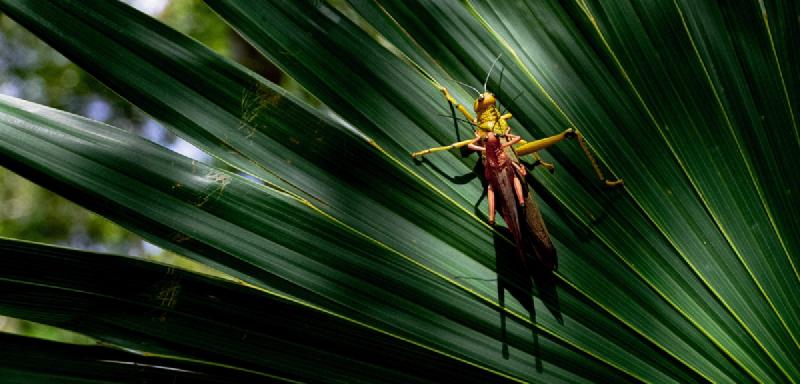Environmental education can suffer from the same problem as a lot of STEM subjects, which is a mistaken understanding of what objectivity means in practice. The impulse of sticking to facts, figures, measurements often in practice means not talking about the person asking the questions and conducting the measurements. But of course these are human choices, affected by the identities of the humans who make them. In practice, objectivity should mean recognizing a person’s perspective, and taking steps to mitigate or balance any impacts this might have. Like wearing glasses to support vision. And most relevant to this series of episodes, focusing only on facts and figures also has the effect of erasing non-visible minorities from the picture.
Same-sex sexual behaviour (SSB)
Refers to reproductive or courting behaviour aimed at individuals of the same sex. Usually this term is used when describing behaviour which deviates from what is ‘expected’. For example earthworms are simultaneous hermaphrodites, individuals can produce sperm and eggs. Any reproductive behviour could be classed as same-sex sexual behaviour, but it is not usually classed as such because it is the expected behaviour.
This behaviour is also referred to as ‘homosexual behaviour’ in research, but there is a growing preference for SSB because it avoids the connotations ‘homosexual’ has from its use in human cultural contexts. ‘Homosexual’ when referring to humans can refer to sexual behaviours, but also identities and romantic attractions.
Theories about the evolution of reproductive behaviours
Overview of Sexual Behavior Theories - Lake Forest College
Should Scientists Change How They View (and Study) Same Sex Behavior in Animals? - Yale
Science diversified: Queer perspectives on research
How queer perspectives are driving research. - Nature (podcast episode)
Cricket Reproduction
In the video below, the females have a long thin projection at the end of their abdomen between the cerci, this is the egg laying ovipositor. You can see the males doing their courtship posturing.
Other topics mentioned
Parthenogenesis in whip tailed lizards
How an Asexual Lizard Procreates Alone - National Geographic
Aphid reproduction
Asexual reproduction in insects - theTech.org

